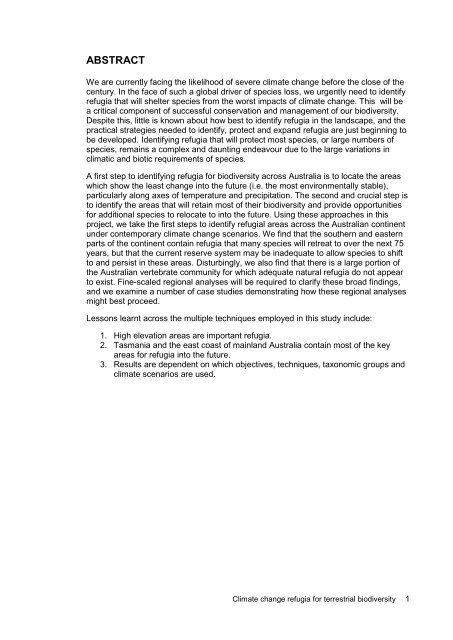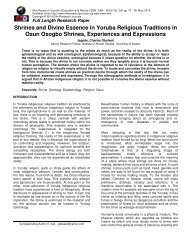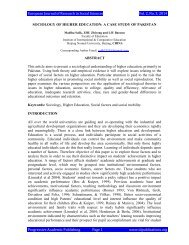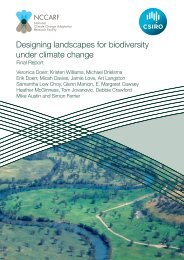Williams-Climate-change-refugia-for-terrestrial-biodiversity_0
Williams-Climate-change-refugia-for-terrestrial-biodiversity_0
Williams-Climate-change-refugia-for-terrestrial-biodiversity_0
You also want an ePaper? Increase the reach of your titles
YUMPU automatically turns print PDFs into web optimized ePapers that Google loves.
ABSTRACT<br />
We are currently facing the likelihood of severe climate <strong>change</strong> be<strong>for</strong>e the close of the<br />
century. In the face of such a global driver of species loss, we urgently need to identify<br />
<strong>refugia</strong> that will shelter species from the worst impacts of climate <strong>change</strong>. This will be<br />
a critical component of successful conservation and management of our <strong>biodiversity</strong>.<br />
Despite this, little is known about how best to identify <strong>refugia</strong> in the landscape, and the<br />
practical strategies needed to identify, protect and expand <strong>refugia</strong> are just beginning to<br />
be developed. Identifying <strong>refugia</strong> that will protect most species, or large numbers of<br />
species, remains a complex and daunting endeavour due to the large variations in<br />
climatic and biotic requirements of species.<br />
A first step to identifying <strong>refugia</strong> <strong>for</strong> <strong>biodiversity</strong> across Australia is to locate the areas<br />
which show the least <strong>change</strong> into the future (i.e. the most environmentally stable),<br />
particularly along axes of temperature and precipitation. The second and crucial step is<br />
to identify the areas that will retain most of their <strong>biodiversity</strong> and provide opportunities<br />
<strong>for</strong> additional species to relocate to into the future. Using these approaches in this<br />
project, we take the first steps to identify <strong>refugia</strong>l areas across the Australian continent<br />
under contemporary climate <strong>change</strong> scenarios. We find that the southern and eastern<br />
parts of the continent contain <strong>refugia</strong> that many species will retreat to over the next 75<br />
years, but that the current reserve system may be inadequate to allow species to shift<br />
to and persist in these areas. Disturbingly, we also find that there is a large portion of<br />
the Australian vertebrate community <strong>for</strong> which adequate natural <strong>refugia</strong> do not appear<br />
to exist. Fine-scaled regional analyses will be required to clarify these broad findings,<br />
and we examine a number of case studies demonstrating how these regional analyses<br />
might best proceed.<br />
Lessons learnt across the multiple techniques employed in this study include:<br />
1. High elevation areas are important <strong>refugia</strong>.<br />
2. Tasmania and the east coast of mainland Australia contain most of the key<br />
areas <strong>for</strong> <strong>refugia</strong> into the future.<br />
3. Results are dependent on which objectives, techniques, taxonomic groups and<br />
climate scenarios are used.<br />
<strong>Climate</strong> <strong>change</strong> <strong>refugia</strong> <strong>for</strong> <strong>terrestrial</strong> <strong>biodiversity</strong> 1






